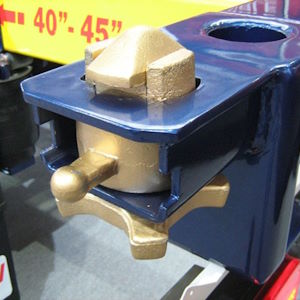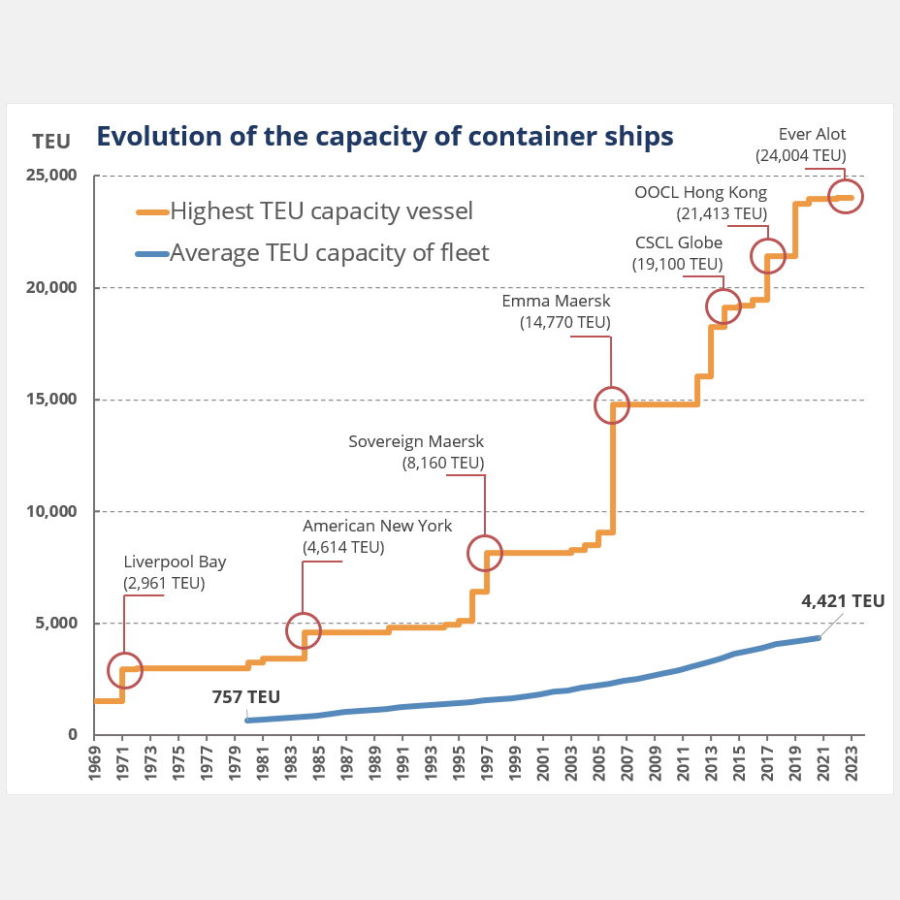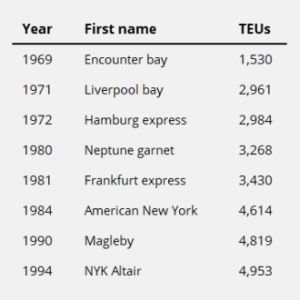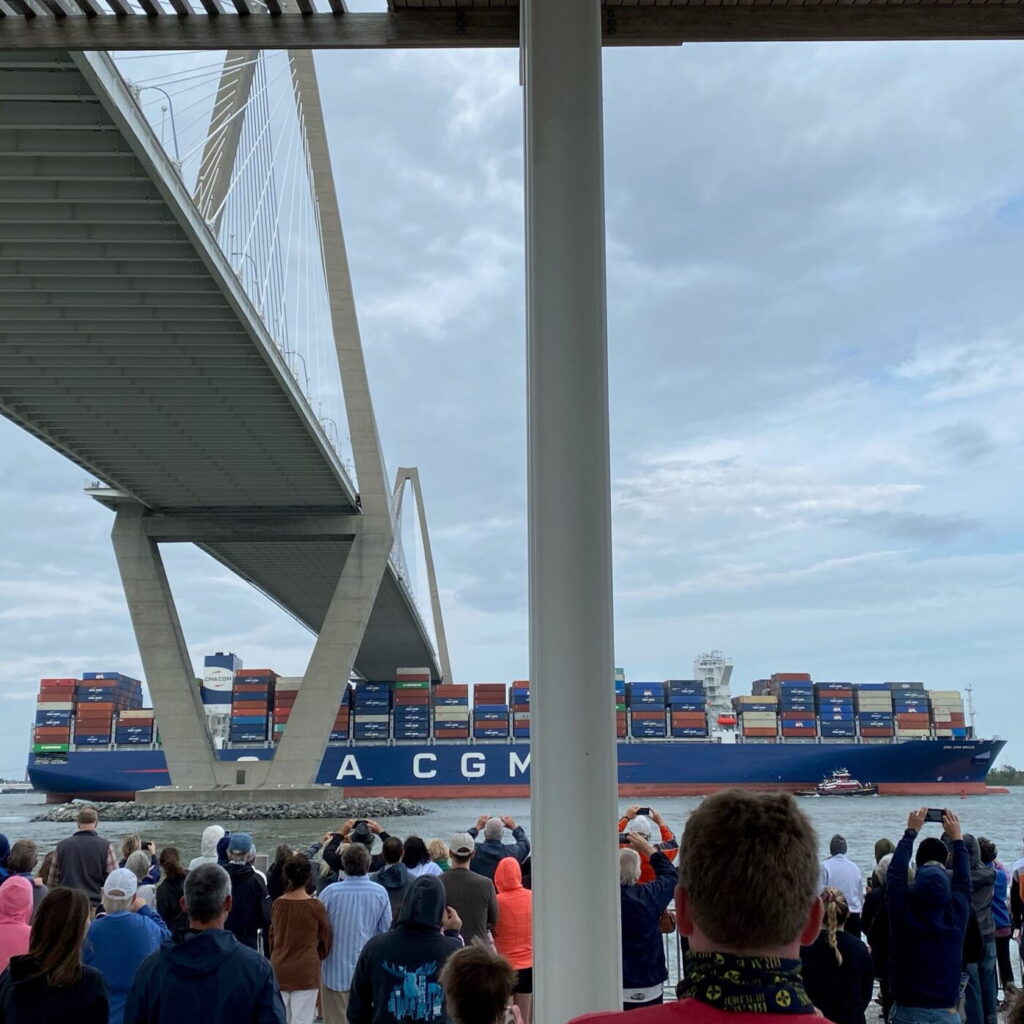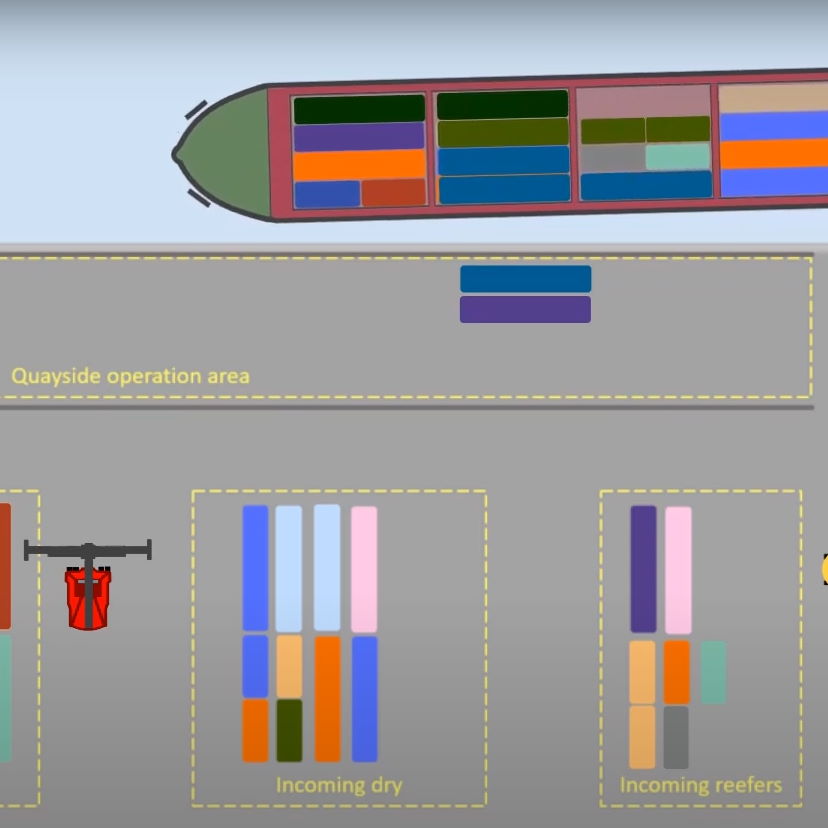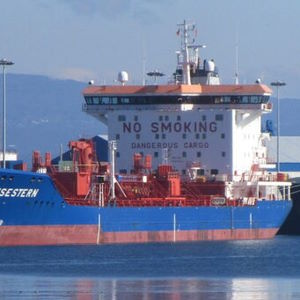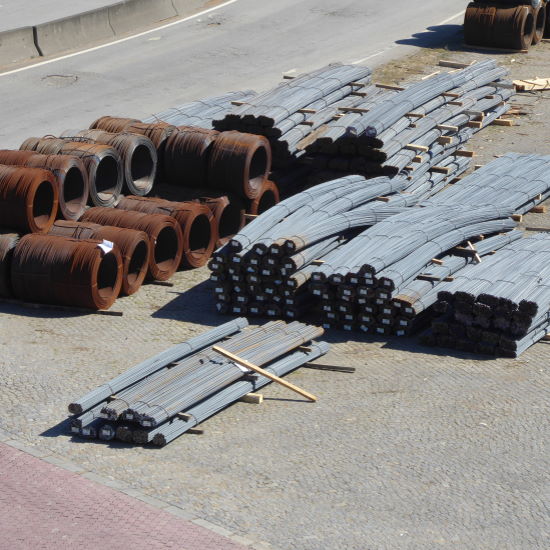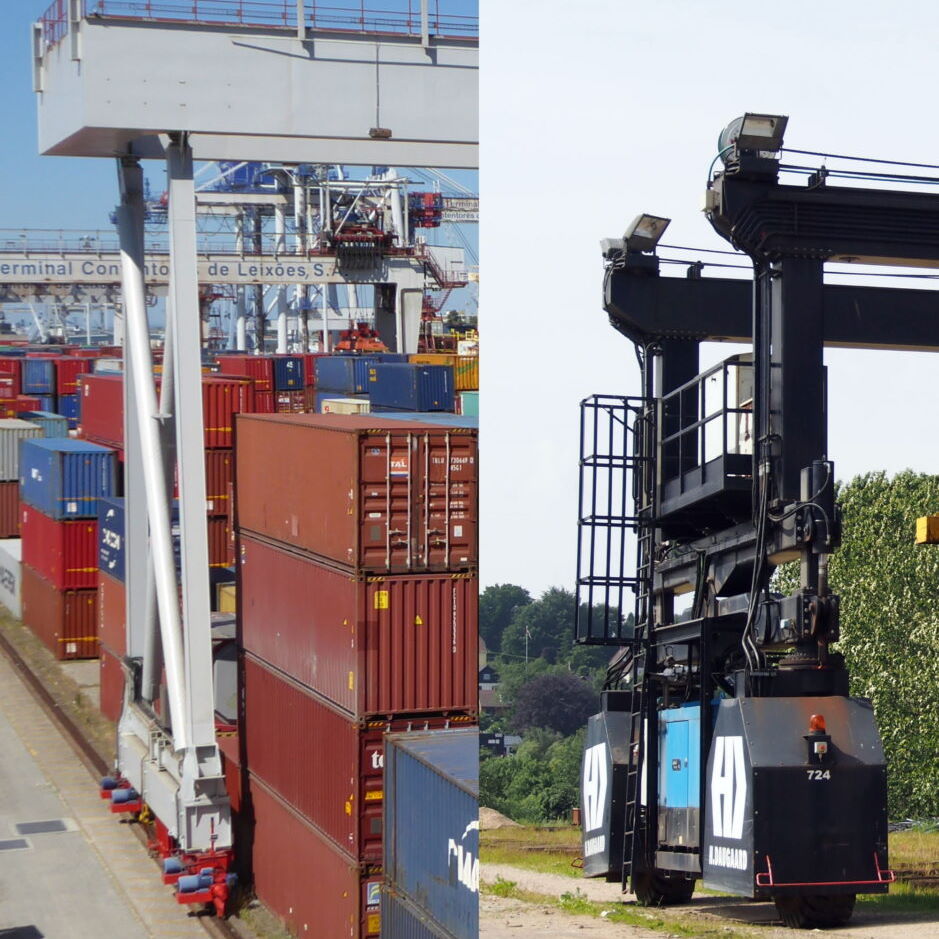Why and how containers are secured
In today’s globalized economy, containers play a crucial role in the transportation of goods across vast distances. Ensuring these containers are secure is not only vital for the safety of the cargo but also for the efficiency and reliability of the supply chain. This article explores the importance of securing containers and the methods employed …

